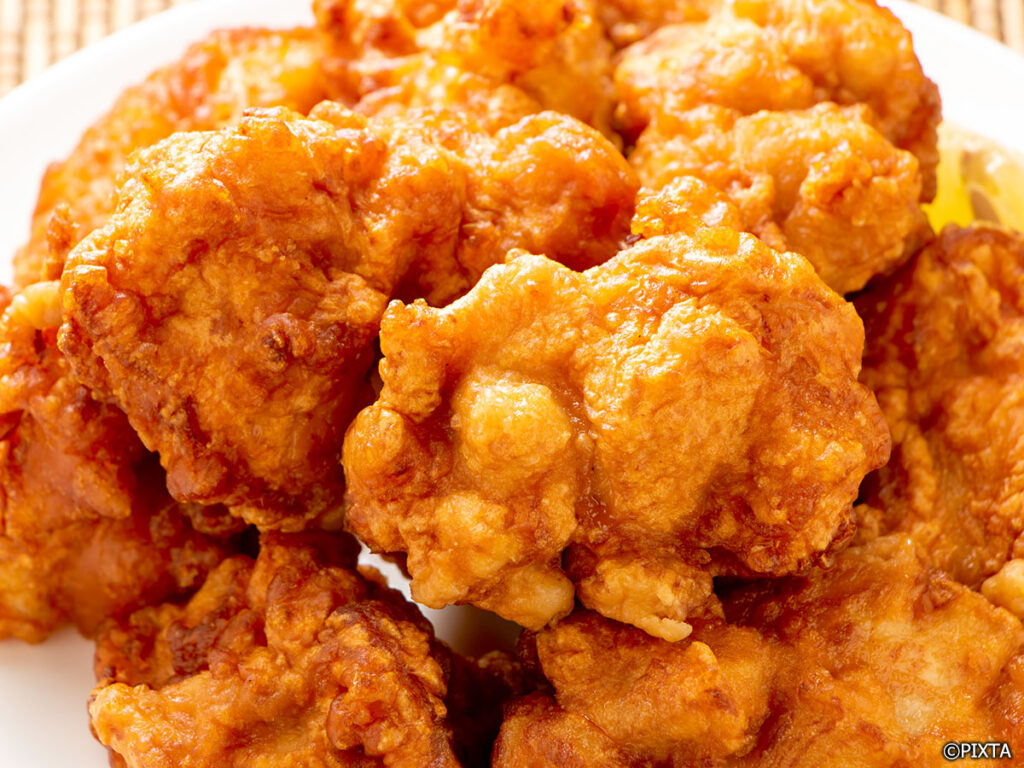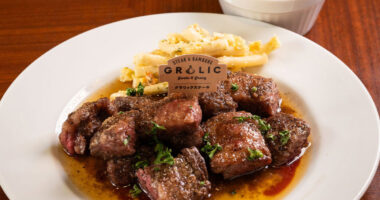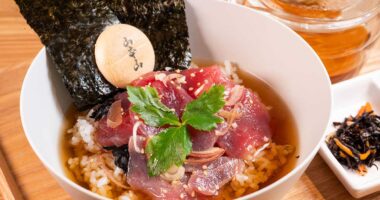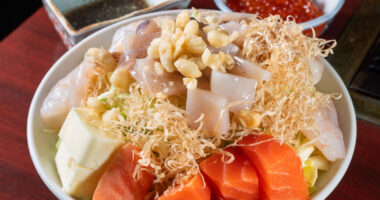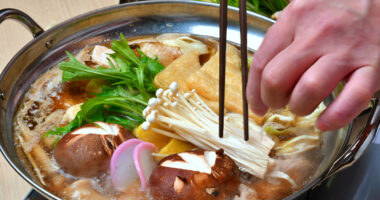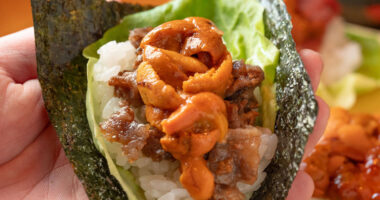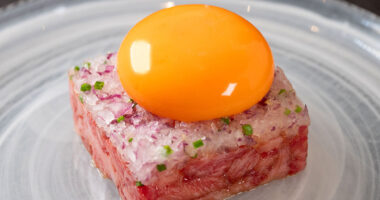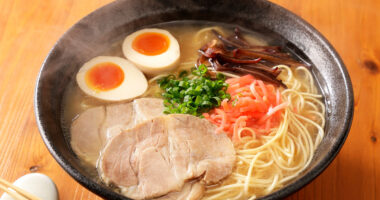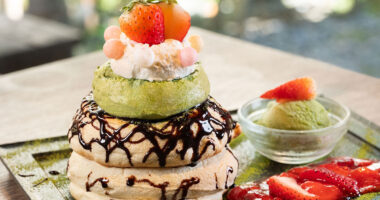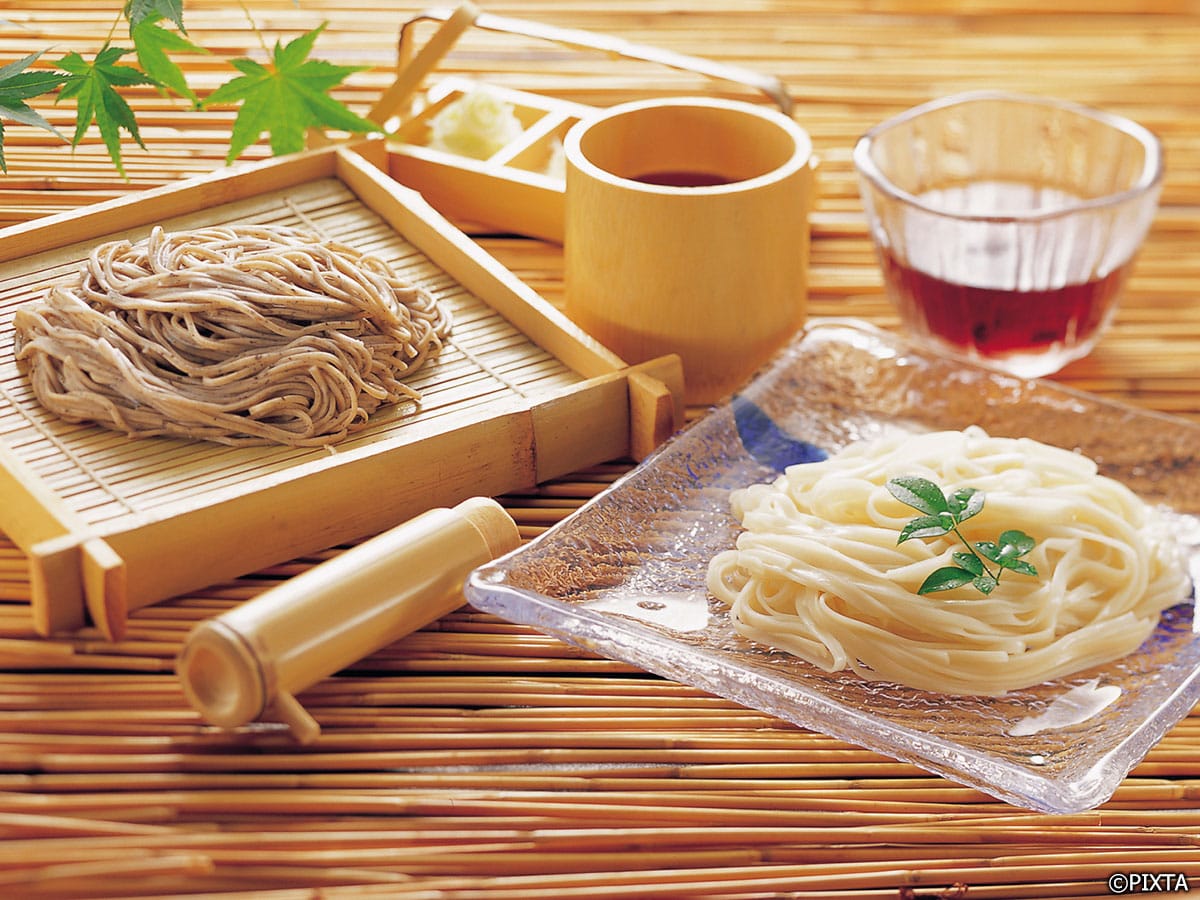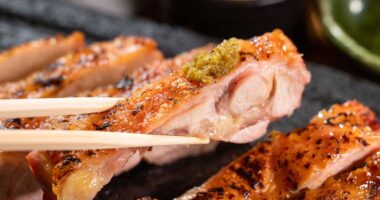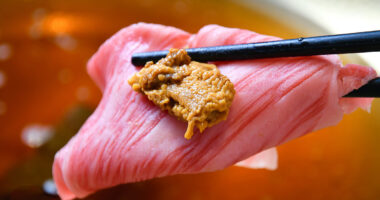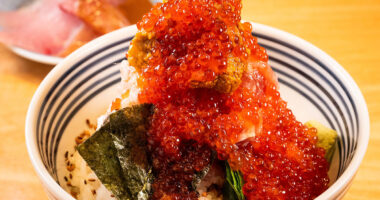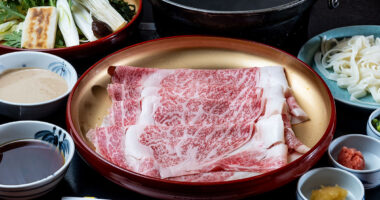When it comes to Japanese cuisine, dishes like sushi, ramen, and tempura may be the first to come to mind. However, tucked within the nation’s rich culinary repertoire is a fried delight that deserves its spotlight, 唐揚げ karaage. This crispy, flavor-packed dish, often compared to fried chicken, has its unique intricacies that make it a must-try for anyone visiting Japan.
What Is Karaage?
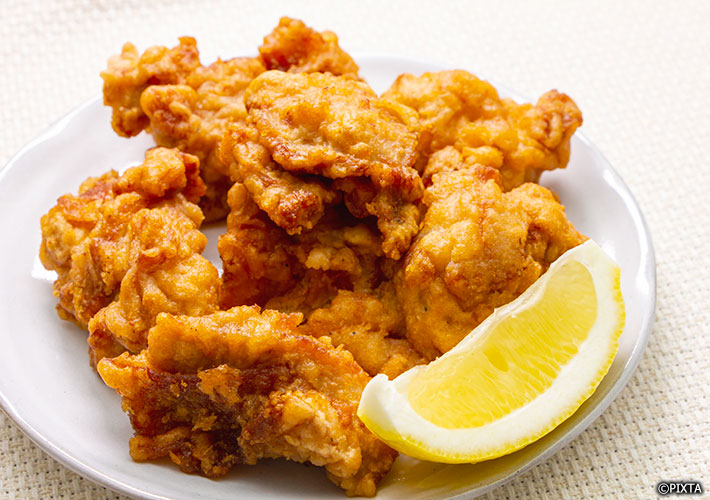
Golden and crispy karaage served with a lemon wedge.
Karaage refers to a Japanese cooking method where various ingredients—most notably chicken—are marinated, lightly coated, and then deep-fried. The exterior achieves a beautiful golden hue and an irresistible crunch, encasing tender, savory morsels that are sure to captivate your palate.
So how is karaage different from fried chicken? In Japan, the term フライドチキン furaido chikin often leans towards a Western style of preparation, possibly involving the use of herbs, spices, and a heavy batter. Karaage, on the other hand, typically employs a simple marinade of traditional Japanese ingredients like soy sauce and ginger, soaking into the meat to infuse it with flavors.
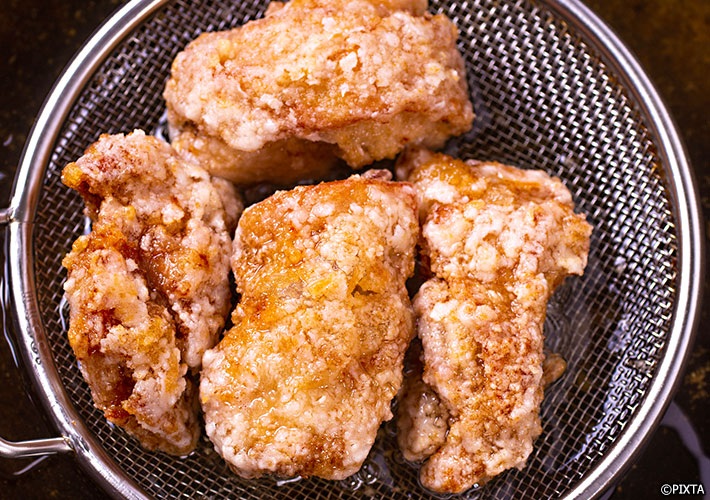
You can often tell if its tatsuta-age from the “frosted” look of the potato starch coating.
Another distinction lies in the coating used. While both wheat flour and potato starch find their way into the karaage preparation, when the coating is predominantly potato starch, the style is known as 竜田揚げ tatsuta-age, yielding an ultra-crisp exterior and succulent interior.
Where To Get Karaage
Karaage is ubiquitous in Japan, available everywhere from street food stalls and fast-food chains to high-end restaurants, not to mention convenience stores and supermarkets. Its versatile nature also allows it to comfortably fit into bento boxes for a satisfying lunch on-the-go.
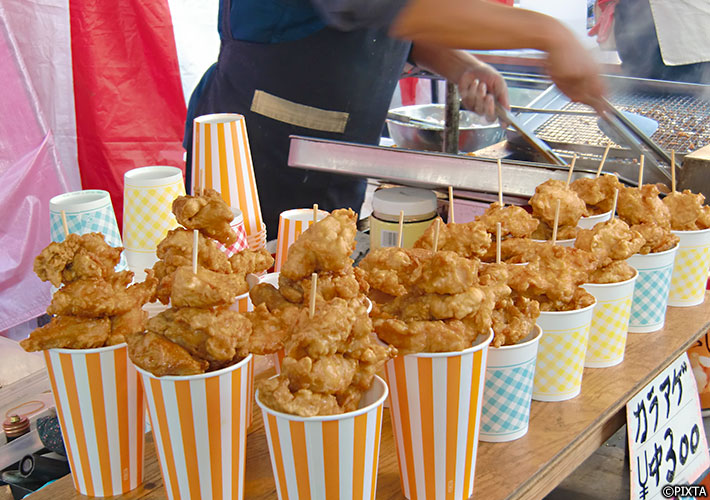
Only 300 JPY buys you a generous portion of karaage at this Japanese street stall.
However, a noteworthy spot to relish karaage is an 居酒屋 izakaya, a Japanese gastropub. Here, the succulent, crispy bites of karaage emerge as a favorite accompaniment to drinks, perfectly complementing a cold glass of beer or a refreshing lemon chu-hi. This delightful pairing of food and drink truly captures the convivial spirit of izakaya dining.
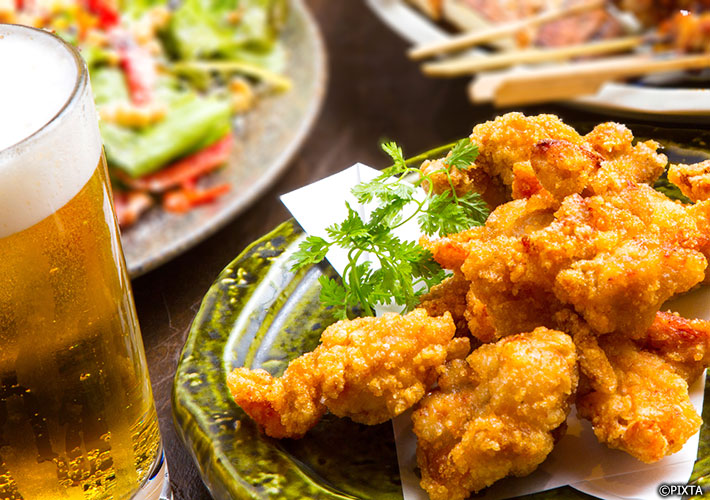
A plate of karaage paired with beer at an izakaya.
Types of Karaage
Karaage offers a myriad of options, not only differing based on the main ingredient used but also in regional preferences and styles.
鶏もも唐揚げ (tori)momo karaage chicken thigh: The chicken thigh, or momo, lends itself perfectly to karaage, resulting in rich, tender bites.
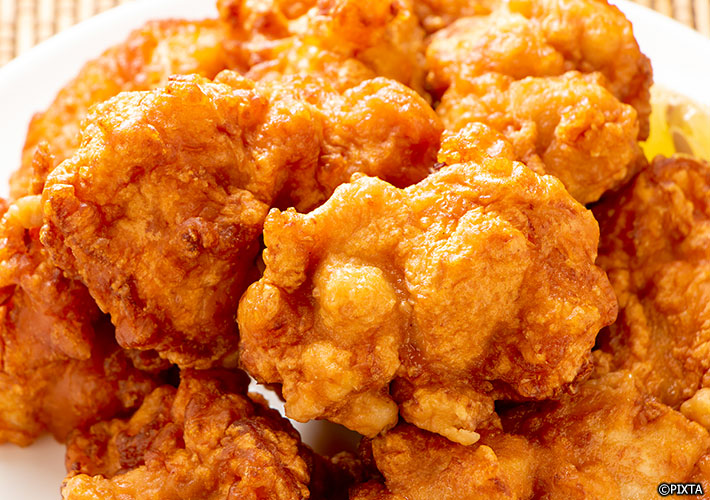
Chicken thigh karaage.
鶏むね唐揚げ (tori)mune karaage chicken breast: Featuring chicken breast, or mune, this type offers a leaner, yet still flavorful experience.
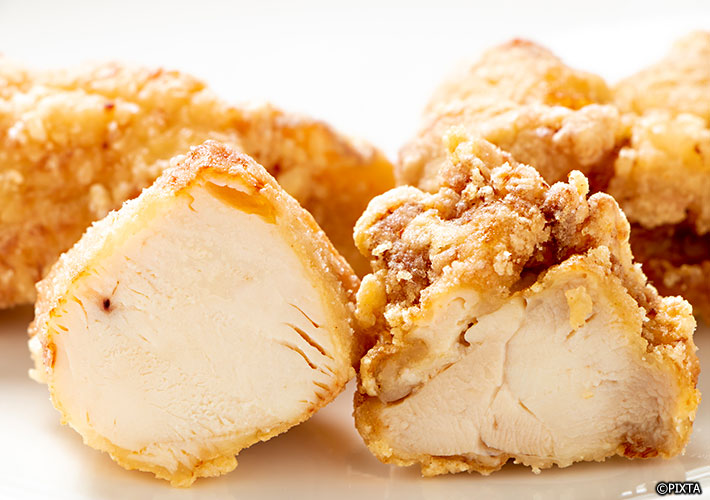
Lean breast meat (left) and rich thigh meat (right) karaage.
手羽先 tebasaki karaage chicken wings: By using chicken wings, or tebasaki, karaage takes on a new texture, a perfect mix of skin, cartilage, and meat.
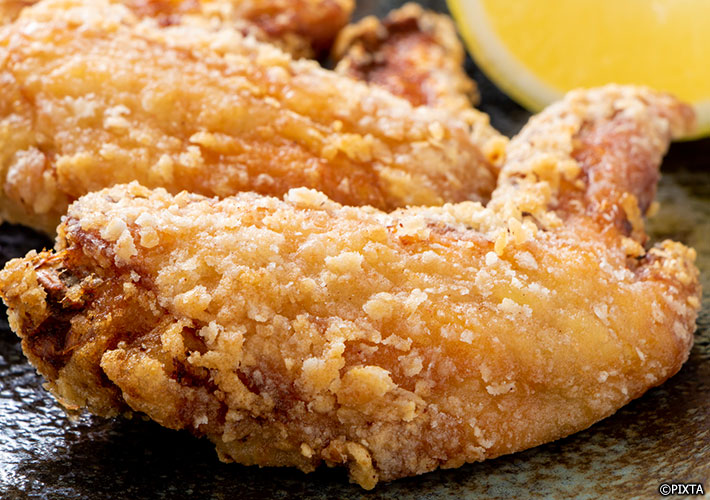
Chicken wings are also a popular karaage choice.
軟骨唐揚げ nankotsu karaage cartilage: For those with an adventurous palate, nankotsu uses chicken cartilage, offering a delightful crunch that contrasts the usual tender chicken meat.
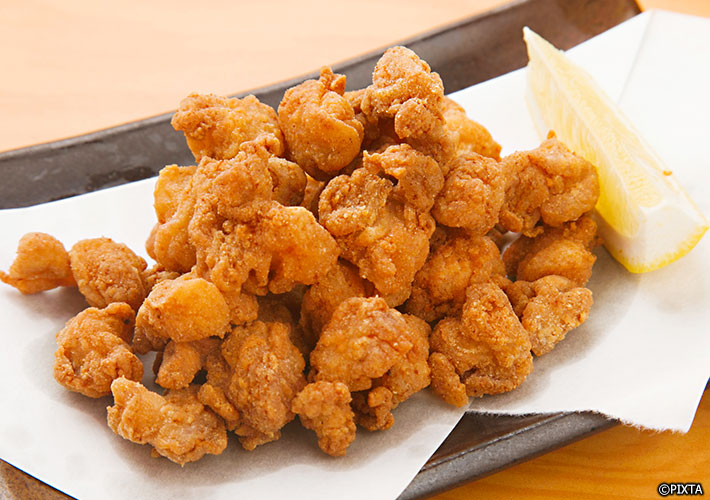
If you like things crunchy, try nankotsu karaage.
ザンギ zangi: This is Hokkaido’s regional take on karaage, often featuring a longer marination process to enhance the flavor.
Seafood and Vegetable Karaage: Although chicken is a classic choice, the art of karaage isn’t restricted to poultry alone. Various other meats, seafood, and even vegetables find their place in this culinary tradition. Shrimp, squid, and root vegetables like lotus root can all become karaage, broadening its appeal to seafood lovers and vegetarians alike.
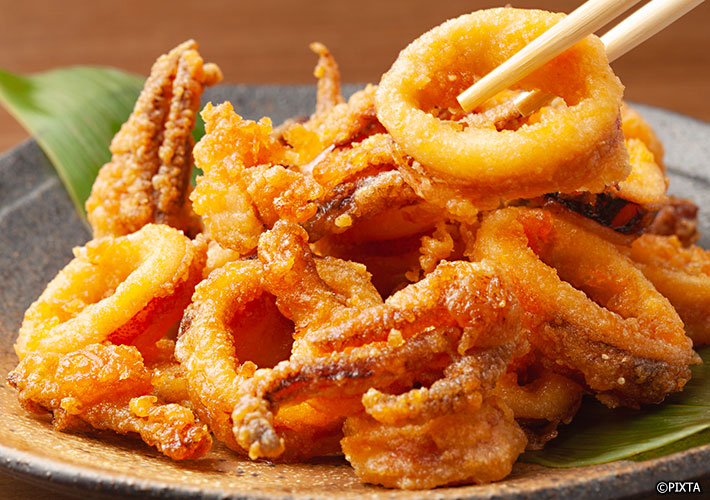
A heaping plate of squid karaage, with both rings and legs.
チキン南蛮 chikin nanban Chicken Nanban: Although chicken nanban has much in common with karaage, its coating includes egg whereas karaage does not. The chicken is flavored with a sweet and sour sauce and often served with tartar sauce and a side of cabbage. Sometimes, larger pieces of chicken are fried then cut into slices.
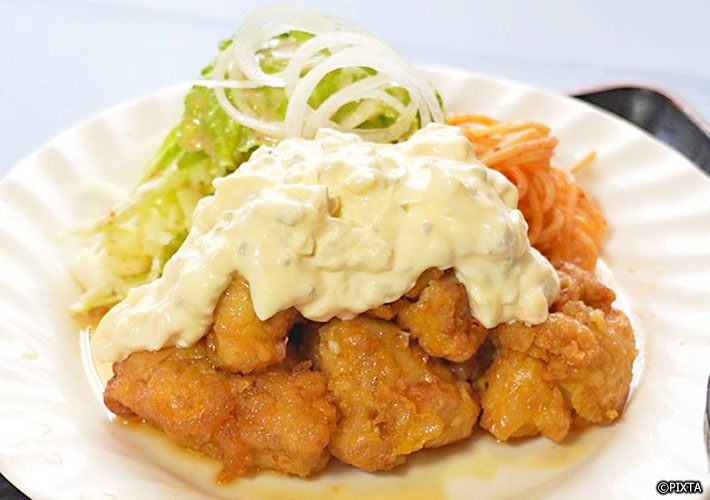
If you like a creamy pairing with your karaage, try Chicken Nanban.
As for price, karaage is quite affordable and caters to all budgets. Portions can start from as low as 200-300 JPY in the hot food section of convenience stores or the pre-cooked aisle of supermarkets. Street stalls or fast-food outlets offer servings for about 300-500 JPY. Prices at izakayas and restaurants range from 600 to 1000 JPY, with higher prices for gourmet versions. Regardless of where it’s purchased, karaage usually delivers a flavorful experience that is worth every yen.
Tips For Enjoying Karaage
The true joy of karaage is in its simplicity and flexibility. Karaage is typically served hot, straight from the fryer, and it is here that the true magic happens—the contrast between the crunchy exterior and juicy, flavorful interior.
It can be enjoyed as a standalone dish, accompanied by a squeeze of lemon. You might also find it nestled in a bento box, accompanied by rice, pickles, and other small sides, making a perfect meal-on-the-go.
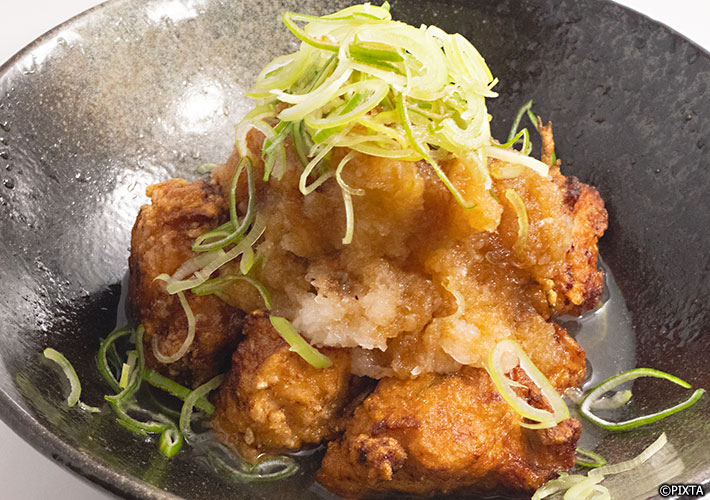
A tangy and savory alternative to lemon on your karaage is oroshi ponzu.
Karaage is usually seasoned before frying, but it can also be enjoyed with various dips and sauces. Common options include Japanese mayo, soy sauce, and おろしポン酢 oroshi ponzu (grated daikon radish seasoned with a soy-citrus sauce). Don’t hesitate to try different combinations to find your favorite.
In sum, karaage is an affordable and delectable offering within the expansive range of Japanese cuisine. It’s a testament to the Japanese culinary philosophy of enhancing the inherent flavors of the ingredients while adding a touch of creativity. So, whether it’s from a bustling street stall in Tokyo or a serene restaurant in Kyoto, make sure to savor this crisp, golden delight during your visit to Japan. From the first crunch to the last, karaage promises to be a memorable part of your Japanese gastronomic journey.
